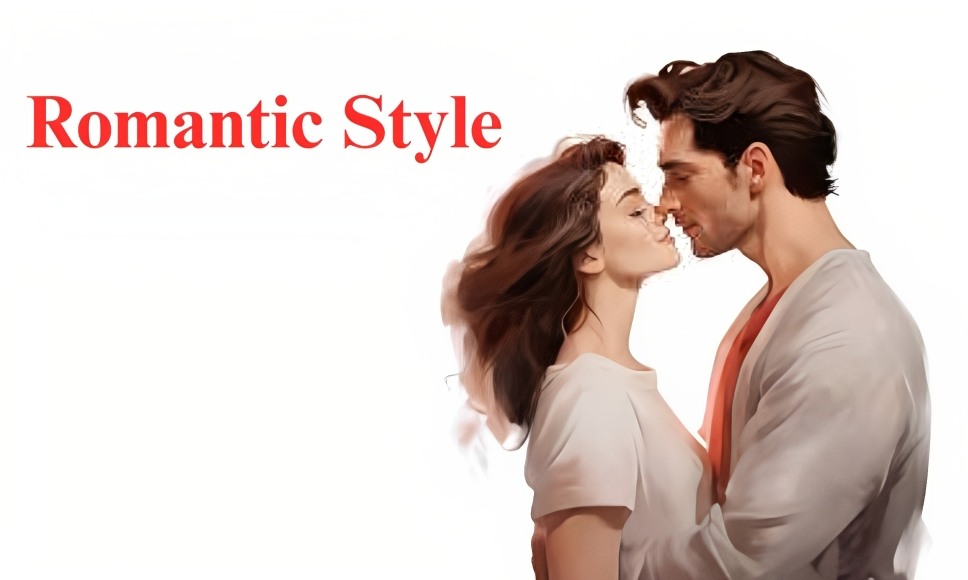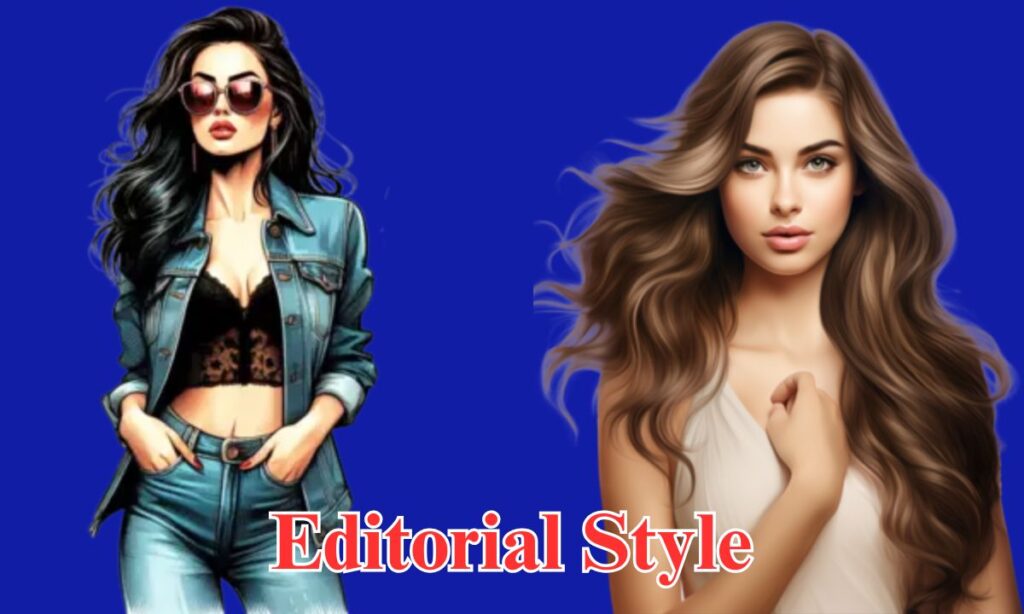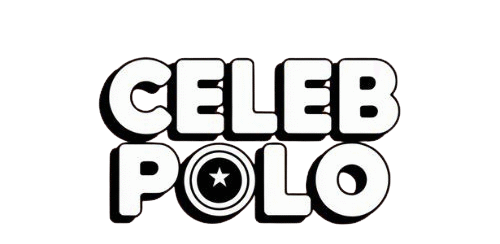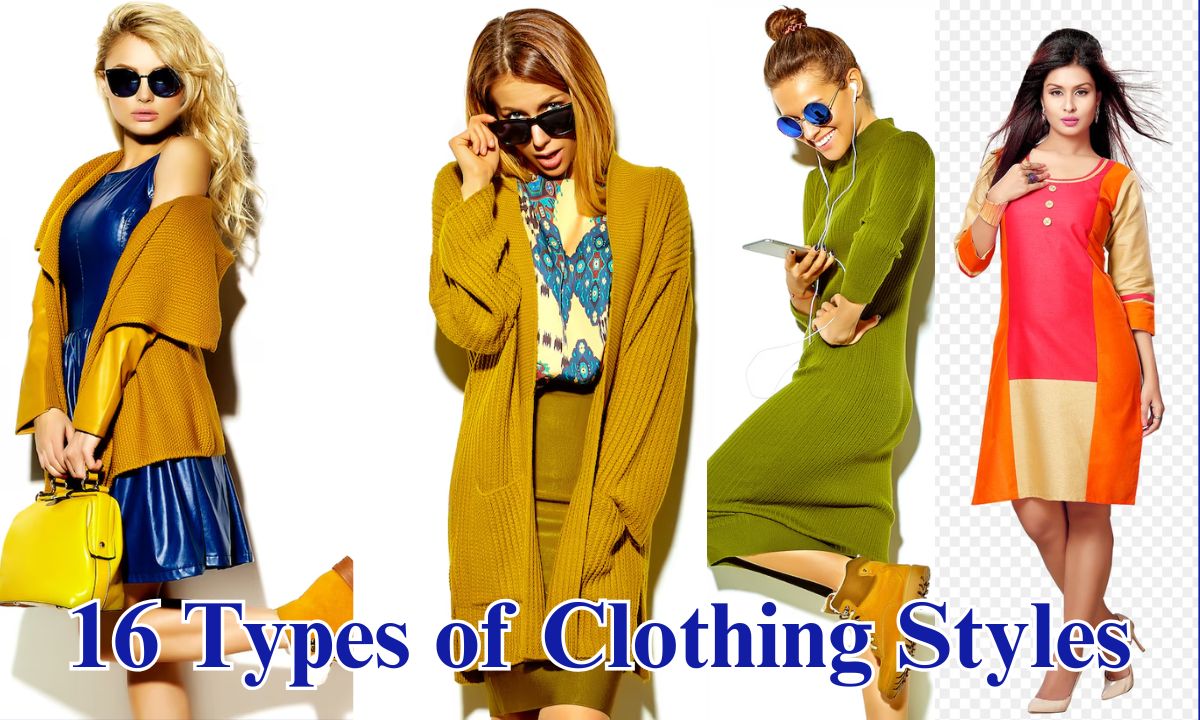With the many available avenues of fashion, it could be interesting to find your personal stylish appeal. Your style persona has a lot to do with your dressing; it is an effective means of personal expression that speaks out to the world with a far louder voice than words can allow.
If you enjoy the casual mode of wearing clothes or love to get into the wild wacky colors and cuts of the fashion world, an understanding of the different types will help introduce you to your style identity. This detailed style guide is an exposure of 16 divergent styles that can redefine wardrobes while boosting confidence in their wearers.
Each category allows further avenues of expression for the personality pertaining to different fashion areas or markets. From classic to modern-style approaches, there’s definitely a style for each one of you. Let’s take a closer look and help you make your perfect combo!
Casual Style
Casual style is the backbone of comfortable clothing. This modality is focused on comfort and relaxation but is very polished at the same time. The beauty of casual is in its versatility and everyday usability.
Wardrobe essentials for casual style include well-fitted jeans, soft cotton t-shirts, and comfortable sneakers. These basics form the core of any casual wardrobe. The clothing materials focus on breathable fabrics like cotton and jersey.
Outfit coordination becomes effortless with casual pieces. You can mix and match different pieces without overthinking them. Simple fashion accessories like a baseball cap or crossbody bag rather enhance the look but perfect it.
This style category does wonders for weekends, evenings out, and day-to-day errands. The culture of the fashion system has transformed from the causal protest in the 1960s to the current athleisure trend in today’s society.
READ THIS BLOG : Rowdy Oxford Integris: Everything You Need to Know in 2025 – LokerExpress
Formal Style
Formal style captures elegance and sophistication required for the professional world and special occasions. This dress code places utmost importance on details and quality of fabric. It is aimed at generating that polished authoritative look.
A tailored suit, silk blouse, or structured blazer- all these are key elements. These pieces speak of classic style that never goes out of fashion. The choice of clothing accentuates neutral colors and timeless cut.

Accessories compose an important part of formal styling. A good leather handbag, elegant jewelry, and polished shoes are crucial to achieving a professional demeanor. The styling should give that effortless appearance in a refined setting.
Modern fashion transforms a lot of formal wear into something more casual. Business casual now lies between its formal and more casual counterparts. This changing style embodies the changing working environment and social expectations.
Bohemian Style
Bohemian style celebrates freedom, creativity, and artistic expression. This fashion style draws inspiration from various cultures and artistic movements. The emphasis is on flowing fabrics and natural clothing materials.
Characteristic elements include maxi dresses, flowing skirts, and layered jewelry. The style elements focus on comfort and movement. Floral patterns, ethnic prints, and earthy tones dominate the color palette.
Fashion accessories are essential for achieving the bohemian look. Layered necklaces, wide-brimmed hats, and fringe bags add authentic touches. The outfit ideas often involve creative layering and mixing textures.
This style inspiration comes from 1960s and 1970s counterculture movements. The fashion individuality of bohemian style allows for personal interpretation and creative expression.
Streetwear Style
Streetwear was born out of urban culture and youth movements. This style is all about comfortable fits and graphic, logo-heavy designs. Style personality is self-assured, relaxed, culturally cognizant.
Graphic hoodies, cargo pants, and statement sneakers are key. The material in the clothing is all about durability and comfort. Cotton, denim and technical fabrics is the most common.
Trendy add-on items include hats, backpacks and statement jewellery pieces that add to the streetwear quality of the outfit. It’s true, much of the outfit curation comes down to combing high-end pieces with inexpensive basics. This outfit inspires an original urban style.
The world of street-wear and fashionable trends move in a very high-speed season cycle, Channeling music, art, and social media. The streetwear fashion itself has been linked with hip-hop, skateboarding and various youth culture, but their are no limitations.
Vintage Style
Vintage style celebrates fashion from past decades. This style category involves wearing authentic vintage pieces or vintage-inspired clothing. The fashion inspiration comes from specific historical periods.
Common style elements include high-waisted pants, A-line skirts, and classic prints like polka dots. The clothing materials often feature quality fabrics that have stood the test of time. Wool, silk, and cotton are frequently used.
Fashion accessories from bygone eras complete the vintage look. Cat-eye sunglasses, vintage handbags, and retro jewelry add authenticity. The outfit styling requires knowledge of historical fashion trends.
Style experimentation with vintage pieces allows for creative mixing of eras. The fashion diversity of vintage style means you can choose from various decades to create your unique style.
Chic Style
Chic style represents effortless elegance and sophistication. This fashion style focuses on quality over quantity and timeless appeal. The style confidence comes from wearing well-fitted, carefully chosen pieces.
Key elements include tailored blazers, silk blouses, and well-fitted trousers. The clothing selection emphasizes neutral colors and classic silhouettes. Quality clothing materials like cashmere, silk, and fine cotton are preferred.
Fashion accessories are minimal but impactful. A structured handbag, delicate jewelry, and quality shoes complete the chic aesthetic. The outfit coordination appears effortless yet polished.
Classic styles form the foundation of chic fashion. This style authenticity never goes out of fashion, making it a smart investment for any wardrobe. The fashion versatility of chic pieces allows for multiple styling options.
Sporty Style
Sporty style combines athletic wear with everyday fashion. This fashion trend prioritizes comfort and functionality while maintaining a stylish appearance. The style personality is active, confident, and health-conscious.
Essential pieces include joggers, sports bras, athletic tops, and comfortable sneakers. The clothing materials focus on moisture-wicking fabrics and stretch materials. Spandex, jersey, and technical blends are commonly used.
Fashion accessories include sporty backpacks, fitness watches, and baseball caps. The outfit ideas often involve layering athletic pieces with casual items. This clothing coordination creates a balanced, active look.
Modern fashion has embraced the athleisure trend, making sporty style appropriate for various occasions. The fashion influence of athletic wear has expanded beyond the gym into everyday fashion.
Minimalist Style
Minimalist style embraces simplicity and functionality. This fashion philosophy focuses on quality basics and neutral colors. The style elements are clean, uncluttered, and timeless.
Key pieces include well-fitted basics in neutral tones. The wardrobe essentials are carefully curated for maximum versatility. Quality clothing materials and perfect fit are prioritized over quantity.
Fashion accessories are minimal and functional. A structured bag, simple jewelry, and quality shoes complete the minimalist aesthetic. The outfit styling appears effortless and sophisticated.
Style confidence comes from the knowledge that every piece serves a purpose. The fashion versatility of minimalist pieces allows for endless combinations. This clothing selection strategy reduces decision fatigue while maintaining style.
Eclectic Style
Eclectic style celebrates mixing different fashion influences and style categories. This fashion creativity allows for unlimited personal expression. The style personality is adventurous, artistic, and individualistic.
Outfit ideas involve combining vintage pieces with modern items, mixing patterns, and playing with textures. The clothing combinations are unexpected yet harmonious. There are no strict rules in eclectic styling.
Fashion accessories play a crucial role in creating cohesive looks. Statement jewelry, unique bags, and interesting shoes tie different elements together. The outfit coordination requires a good eye for balance and proportion.
Style experimentation is encouraged in eclectic fashion. The fashion diversity allows for constant reinvention and creative expression. This unique style reflects the wearer’s personality and interests.
Romantic Style
Romantic style embodies femininity and softness. This fashion style features delicate fabrics, floral patterns, and flowing silhouettes. The style elements create a dreamy, ethereal appearance.
Characteristic pieces include lace blouses, flowy skirts, and delicate accessories. The clothing materials focus on soft, feminine fabrics like chiffon, silk, and lace. Pastel colors and floral prints are commonly used.

Fashion accessories include delicate jewelry, small handbags, and feminine shoes. The outfit styling emphasizes grace and elegance. Ruffles, bows, and floral details add romantic touches.
Style inspiration comes from vintage romance and fairy-tale aesthetics. The fashion expression is gentle, dreamy, and inherently feminine. This clothing aesthetic is perfect for special occasions and romantic settings.
Artsy Style
Artsy style celebrates creativity and artistic expression. This fashion style involves unique designs, bold patterns, and unconventional pieces. The style personality is creative, confident, and individualistic.
Key elements include asymmetrical cuts, artistic prints, and handmade accessories. The clothing materials often feature interesting textures and unusual fabrics. The style elements are conversation starters and artistic statements.
Fashion accessories include handmade jewelry, unique bags, and artistic scarves. The outfit coordination involves balancing bold pieces with simpler items. The clothing selection reflects personal artistic taste.
Fashion creativity is the driving force behind artsy style. The style authenticity comes from wearing pieces that reflect your artistic interests. This fashion individuality allows for unlimited creative expression.
Retro Style
Retro style specifically celebrates fashion from the 1960s, 1970s, and 1980s. This fashion trend brings back specific decades with authentic styling. The style elements are bold, colorful, and nostalgic.
Characteristic pieces include high-waisted pants, platform shoes, and bold prints. The clothing materials often feature synthetic fabrics popular in those eras. Polyester, denim, and metallic fabrics are commonly used.
Fashion accessories include cat-eye sunglasses, vintage handbags, and statement jewelry. The outfit styling requires knowledge of specific decade trends. The clothing coordination should feel authentic to the chosen era.
Style inspiration comes from pop culture, music, and iconic figures from these decades. The fashion culture of retro style celebrates specific historical moments in fashion history.
Androgynous Style
Androgynous style blends masculine and feminine style elements. This fashion approach creates looks that transcend traditional gender boundaries. The style personality is confident, modern, and inclusive.
Key pieces include tailored blazers, straight-leg pants, and button-down shirts. The clothing materials focus on structured fabrics and clean lines. The outfit coordination balances masculine and feminine elements.
Fashion accessories are typically minimal and unisex. Simple jewelry, structured bags, and versatile shoes complete the androgynous look. The clothing selection emphasizes fit and quality over gender-specific styling.
Modern fashion has embraced gender-neutral design and inclusive sizing. The fashion influence of androgynous style has expanded mainstream fashion options. This style evolution reflects changing attitudes toward gender expression.
Editorial Style
Editorial style represents high-fashion and avant-garde fashion statements. This fashion style is bold, artistic, and often experimental. The style elements are dramatic and attention-grabbing.
Characteristic pieces include statement coats, sculptural accessories, and unique silhouettes. The clothing materials often feature luxurious fabrics and innovative textures. The outfit styling is theatrical and impactful.

Fashion accessories are bold and artistic. Oversized hats, statement jewelry, and unique shoes are essential. The clothing coordination involves balancing dramatic pieces with simpler items.
Style inspiration comes from fashion magazines, runway shows, and artistic movements. The fashion creativity involved in editorial styling pushes boundaries and challenges conventions. This fashion expression is wearable art.
READ THIS BLOG : The Complete Guide To Virtual Events in 2025
Edgy Style
Edgy style embraces rebellion and alternative fashion culture. This fashion style features dark colors, leather, and unconventional pieces. The style personality is confident, bold, and non-conformist.
Essential pieces include leather jackets, distressed denim, and combat boots. The clothing materials focus on durable, textured fabrics. Leather, denim, and metal accents are commonly used.
Fashion accessories include studded jewelry, dark makeup, and alternative hairstyles. The outfit coordination involves layering and mixing textures. The clothing selection reflects personal attitude and values.
Style inspiration comes from punk, goth, and alternative music cultures. The fashion influence of edgy style has entered mainstream fashion through designer collections. This style authenticity requires confidence and commitment.
Frequently Asked Question
What is the most versatile clothing style?
Minimalist style and chic style are the most versatile options. These fashion styles work for multiple occasions and are easy to mix and match.
How do I find my personal style?
Start by identifying your style preferences and lifestyle needs. Experiment with different outfit ideas and pay attention to what makes you feel confident and comfortable.
Can I mix different clothing styles together?
Yes, mixing styles creates an eclectic style that’s uniquely yours. The key is finding balance and ensuring the outfit coordination looks intentional rather than chaotic.
What should I consider when building a wardrobe?
Focus on wardrobe essentials that reflect your style personality. Invest in quality clothing materials and pieces that can be styled multiple ways for better fashion versatility.
How often should I update my style?
Style evolution is natural and personal. Update your wardrobe when your lifestyle changes or when you feel ready for a style transformation. There’s no set timeline for change.
Conclusion
Understanding different clothing types and fashion styles helps you develop your personal style. Each style category offers unique ways to express your fashion personality and boost your style confidence.Remember that fashion expression is personal and should reflect who you are. Whether you prefer comfortable clothing or bold fashion statements, the key is choosing styles that make you feel authentic and confident.
Style experimentation is part of the journey. Don’t be afraid to try new outfit ideas and mix different style elements. Your unique style will evolve naturally as you discover what works best for you.The most important aspect of any fashion style is that it makes you feel comfortable and confident. Use this guide as style inspiration, but remember that the best fashion choices are the ones that reflect your true self.

